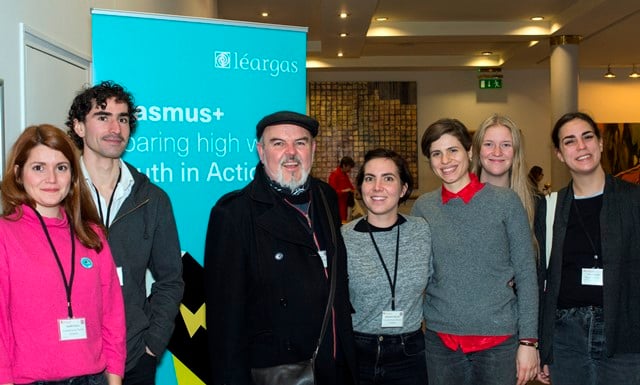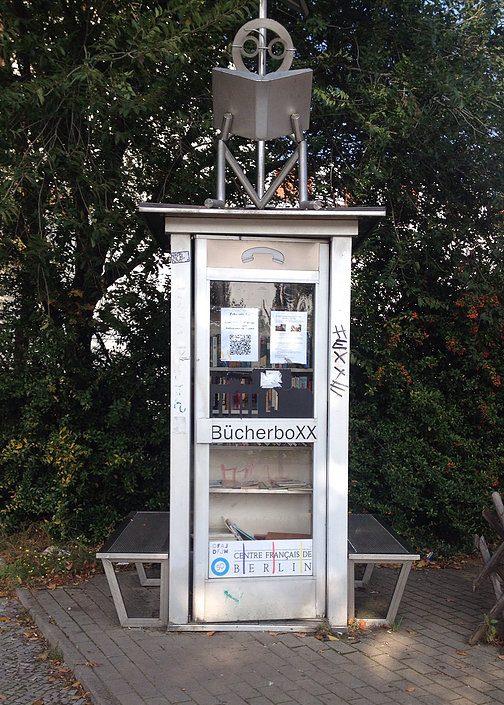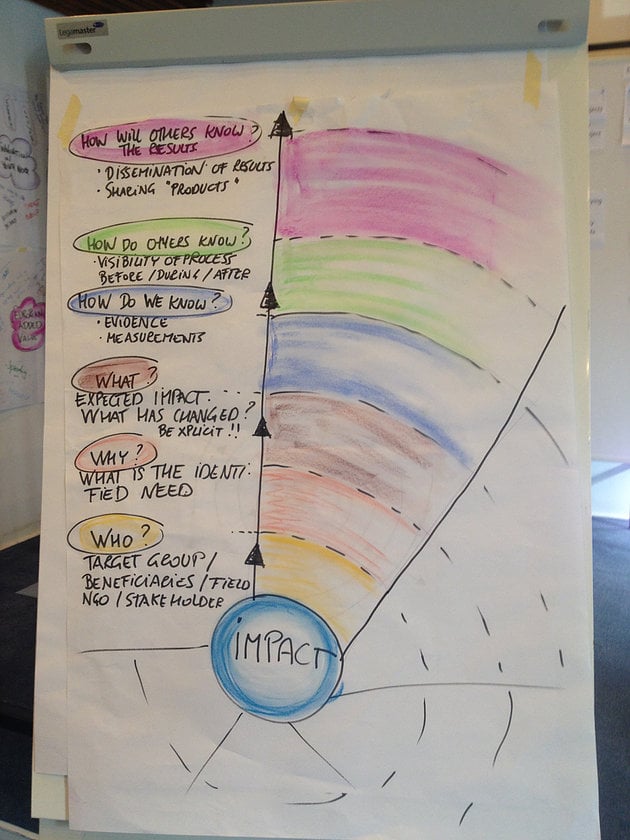Erasmus+: Developing Creative Partnerships in Europe
Peter Hussey founded Crooked House Theatre Company in 1993, and Kildare Youth Theatre in 1996. He is a writer, director and actor trainer. He lectures in Applied Theatre, in Theatre of the Oppressed, and in Directing for Maynooth University. Peter is currently researching the impact of theatre-making on young people, developing a detailed analysis of what happens when teenagers collaborate creatively in this way. His research is part of his PhD studies in Maynooth University. Although Peter has worked on Erasmus+ projects for some time, he has never planned or taken part in a KA2 Strategic Partnership. He recently attended a course in Berlin on getting started with Strategic Partnerships and this gave him the chance to learn more and to connect with two other theatre managers. By the end of the course, they had created a Strategic Partnership proposal. Here, Peter outlines his experience of the course and how it supported all 24 attendees to plan their own 'KA2 SPs'.
 Peter Hussey and members of Crooked House Theatre who performed at the Léargas Forum in 2017.
Peter Hussey and members of Crooked House Theatre who performed at the Léargas Forum in 2017.
Step in
In the middle of Berlin, the Hotel de France--a post-war cultural centre for German-French co-operation--seems all glass and metal windows, large doors and spacious walking areas. Located in an open garden full of oaks, beech trees and squirrels, and including a community garden and a free Book Exchange (in a converted phone kiosk), it’s the setting for our training course, Step into Strategic Partnerships.
 Berlin Book Exchange
Berlin Book Exchange
From Iceland to Moldova
The German national agency organised the training course to help us all develop KA2 Strategic Partnership (KA2 SP) projects. I had little knowledge of KA2 SP before I arrived, even though I’d read the section in the Erasmus+ Programme Guide and had a vague notion of setting up a network at some stage. There were 24 of us on the course, with various levels of knowledge; the majority were new to Strategic Partnerships and came from a wide geographical range from Turkey to Iceland, and Portugal to Moldova.
Ideas
As it happened, two colleagues from our informal European youth theatre network were also attending – Juan from On&Off in Spain and Gregor from BiondekBühne in Austria. In the first days we three abandoned our individual sketchy ideas of working on solo projects and decided to collaborate on one project. We asked each other what needs our young people had and we then designed a project that might meet these needs. Our original idea was very ambitious, and involved tackling the European education system head on. Luckily, we had very useful sessions on quality, assessing needs, and innovation, and soon we abandoned that idea and started a more realistic and achievable one. At the end of the week’s training, we were ready to prepare a project that creates a toolkit for youth-workers to use drama in their work in the field of social inclusion. Because each of us is the main manager in our own organisation, we were able to make key decisions about our project as the training unfolded. In addition to the step-by-step guidance from the facilitators, we could avail of one-to-one feedback about our project. This we did, from experts in the German national agency (the wonderful Ingrid was clear, succinct, positive, and tremendously knowledgeable) and from the highly experienced facilitators themselves (who had successfully conducted several KA2 SP projects to date).
Intense
The training was intense and very focused. The fact that no-one missed any of the sessions any day, and were always in time for nine-hour days, showed a high level of engagement. Gabi and Laimonas used a variety of innovative methods to get us moving about, playing diverse roles, and using many forms of facilitation and teaching during the week.
 Hard work, and worth it!
Hard work, and worth it!
Clear
By the end, everyone had a clear idea of their project. One project wants to create tools for youth workers working in rural areas of Moldova, Iceland and Lithuania who use coding and IT with young people in these areas. Another wants to animate the national museum experience of Hungarian visitors by providing interactive performances for young people. A third is interested in helping to integrate refugees in Poland by focusing on the needs of the community. And another project wishes to develop theatre and creative resources that can be used in migrant education in Austria, and in working with Syrian refugees in Turkey.
Change
Many of the projects struck me as having the potential to make huge change in the lives of young people and communities across Europe. This is one of the key features of KA2 SP: projects should have large impact and really help promote key values such as social inclusion. Projects should not replicate what already exists, and should be created in response to proven and evidenced needs. There is a lot of work in developing a KA2 SP but it is worth it.
 Thinking about the impact of a project
Thinking about the impact of a project
Diverse!
Apart from the comprehensive learning each day, one of the most profound experiences I had was talking to some of the participants over lunch and dinner. As a theatre-maker I am constantly curious about people and their lives and situations. Each evening I found myself beside someone different, and being very nosey, I asked questions. A stunning picture of a diverse and multi-faceted Europe began to emerge over the week. I learned what it’s like to live under a political situation that is so tense that even mentioning it here may draw danger to people. I talked to three women from former communist countries who spoke about the legacy and impact of communism 20 years later – how in some areas women were more equal than they are in the west (a result of communist employment practice) but in others they are marginalised and side-stepped. I found out about the advanced, humane and highly intelligent practices in the Netherlands to help those with disabilities. And of course, I discovered so many different and exciting theatre-making ideas from the people there who came from theatre companies.
Bringing it home
I came away from these conversations realising how valuable a tool Erasmus+ is (especially the Youth Exchanges), for integrating Europeans with each other. We should be doing more and more youth exchanges, study visits, job shadowing, and EVS - comparing practices, living conditions, models of working, and cultural values, that are often radically different from our own but from which we can always take something profound home. I am very grateful to Léargas for selecting me to attend this unforgettable week.
Since returning from the training programme we have worked with our two partners (BiondekBuhne in Austria and On&Off in Spain) to develop the project. We will be submitting our applications in Spain in April. We've put a lot of work into the application form and into the research to make sure we are meeting the needs of youth workers across the continent. If our project (with the does-what-it-says-on-the-tin name of Drama for Youth Work) is funded by one of our national agencies, then expect to see resources in two years that you can use in your work. [Use every opportunity to disseminate!]
Images courtesy of Bernard van Giessen and Peter Hussey. This post first appeared on the Kildare Youth Theatre website and is reposted (with slight amendments) with permission. We welcome contributions to 'Insights' at comms@leargas.ie.
